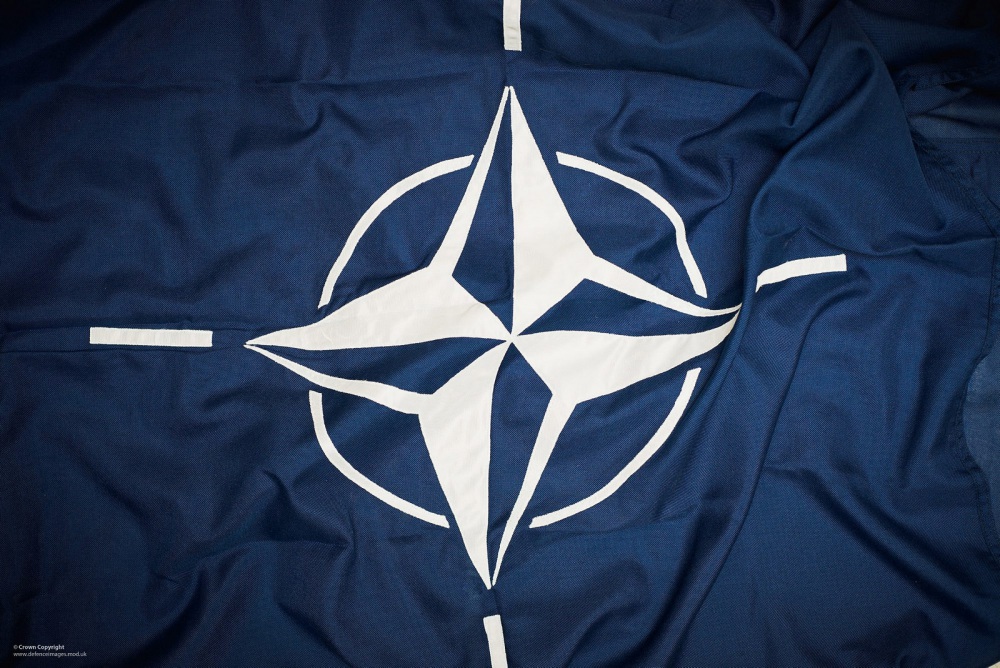
Steve Andreasen
National Security Consultant
“Today, tactical nuclear weapons in the Euro-Atlantic region are more of
a security risk than asset to NATO.” – Sam Nunn
For years, concerns have been raised regarding the security
of NATO bases and nuclear-related sites—perhaps in countries (still
not identified by NATO) that host nuclear weapons storage facilities. Most recently, in March 2016, the Pentagon
reportedly ordered military families out of southern Turkey, primarily from
Incirlik Air Base, due to ISIS-related security concerns.
This report came shortly after the Brussels terrorist attacks and what
appears to have been a credible threat to Belgian nuclear power plants.
Last weekend, we saw the Turkish commanding officer at
Incirlik arrested for his alleged role in the Turkish coup plot. If reports are accurate — that Incirlik is a
major NATO installation hosting U.S. forces that control one of the largest
stockpiles of nuclear weapons in Europe — this shows just how quickly
“expert” assumptions about the safety and security of U.S. nuclear weapons
stored abroad can change literally within minutes, adding another layer of security
concern.
The issue of the security of U.S. nuclear weapons stored in
Europe is not new; indeed, deficiencies were cited a few years ago in a study
by the U.S. Air Force. Moreover, former senior NATO officials, including
a former U.S. Air Force General Remkes who commanded the 39th wing at Incirlik
Air Base and later J5 EUCOM, wrote in 2011 of the ongoing security risks
associated with storing tactical nuclear weapons in Europe and the severity of
the political and security consequences of any infiltration of a site for the
alliance, whether or not the attackers gained access to the weapons
themselves.
At each of these sites, a combined force of U.S. and
European NATO personnel are assigned to retain the custody and provide security
of U.S. nuclear weapons. The weapons are
stored in underground hardened storage bunkers at undisclosed locations around
each storage site. Custody, repair and
improvements to the weapons and the storage bunkers are the responsibility of
the U.S. Air Force. Perimeter security (fences,
monitors, and motion detectors) and access to the storage sites is the
responsibility of the host nation.
Locating nuclear weapons at locations throughout Europe to
reassure some allies comes with the increasing risk of vulnerability to an
evolving and more deadly terrorist threat.
It should be even clearer now that tactical nuclear weapons stored in
Europe are potential targets for terrorist attacks. Added to this, recent events in Turkey
demonstrate how rapidly unforeseen political events can turn rock-solid security
assumptions into sand.
The question is: can
Washington take steps to reduce these threats by removing tactical nuclear
weapons from Europe before an incident occurs and leaders are asked why they
didn’t do more sooner?
In the wake of a successful terrorist attack — or domestic
unrest involving a NATO nuclear storage site — it will be difficult to
explain that vulnerable and potentially lethal targets were left in place
due to a perceived need to provide added political reassurance to NATO allies. NATO’s nuclear deterrence posture can
be maintained — and NATO will be safer and more secure — without
basing tactical nuclear weapons in Europe.
Given their far larger stockpile of tactical nuclear weapons, Russia too
should reexamine the current practice of storing tactical nuclear weapons in
Europe.
We can all hear the warning bells. How much louder must they be before we
act?
For more information on NATO’s nuclear policies and posture, see:
• NATO’s Nuclear Future: Deter, Reassure, Engage? Simon Lunn, Isabelle Williams, Steve Andreasen
• Steve Andreasen and Isabelle Williams, “How to Shore Up NATO for the Long Haul,” Politico.
• Reducing Nuclear Risks in Europe: A Framework for Action, edited by Steve Andreasen and Isabelle Williams.
Sign up for our newsletter to get the latest on nuclear and biological threats.
There is a critical need for a global diplomatic approach to address growing cyber risks, including, where possible, through cooperation between the United States and Russia.
“The bottom line is that the countries and areas with the greatest responsibility for protecting the world from a catastrophic act of nuclear terrorism are derelict in their duty,” the 2023 NTI Index reports.
Christopher Nolan's Oppenheimer is the most high-profile film about nuclear weapons ever made.



